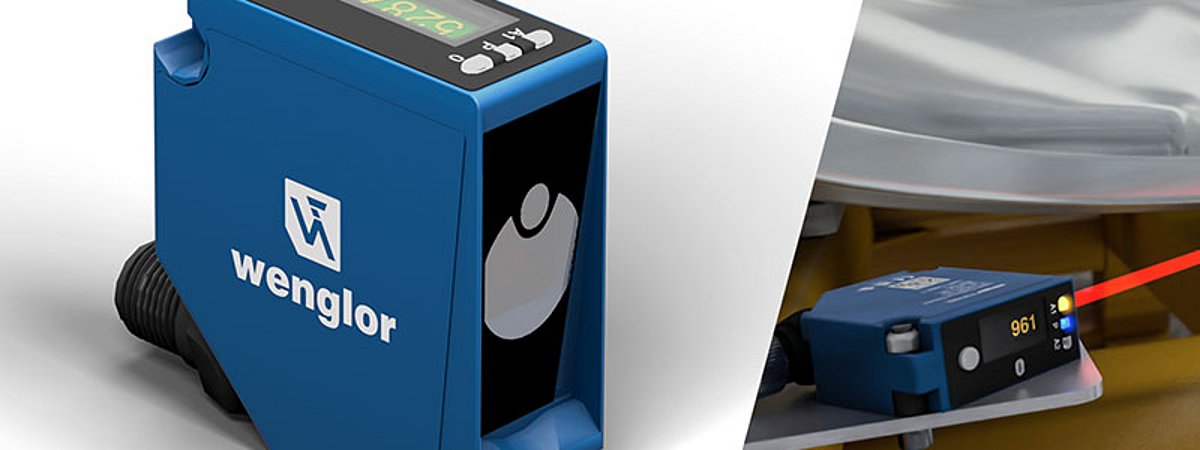Wenglor with new generation of time-of-flight sensors

The new time-of-flight sensors with Wintec technology from Wenglor, with integrated DS technology, effortlessly detect objects on all surfaces - regardless of whether they are dark, shiny or transparent.
Time-of-flight sensors with Wintec (Wenglor Interference Free Technology) from the Wenglor Sensoric Group for object detection on surfaces impress with their exceptional sensitivity, reproducibility of just 3 mm and high immunity to ambient light of up to 100,000 lux. With the P1PY2 series, the laser sensors have now been supplemented by an easily visible OLED display with clear menu navigation. This makes it easier to adjust the sensor settings, while the display ensures that the measurement data is clearly legible under different operating conditions. The dynamic jump detection function enables the reliable detection of flat objects even on uneven surfaces and ensures accurate specimen counting. In addition to the distance, the ToF sensors also evaluate the light intensity reflected by the object surface. This enables even the finest differences in contrast to be detected, ensuring precise parts inspection. The integrated speed measurement enables non-contact and wear-free measurement of the speed of moving objects. With a maximum range of up to 10 meters, they are the right choice for applications where measurements over long distances are required
Thanks to the weCon app, the time-of-flight sensors can now also be set and data transferred on the move. The Bluetooth function enables wireless configuration on site, which is particularly advantageous when sensors are difficult to access or have been installed in large numbers. This feature significantly simplifies and speeds up the parameterization of the individual distance sensors. A high-performance IO-Link interface with COM3 ensures an extremely high transmission rate of process data. By using a reflector, the P1PX2 model series does not detect any natural objects, but only provides measurement results from a reflector attached to it. Other objects are masked out by this functional principle. This makes the P1PX2 distance sensor particularly suitable for determining position over long distances of up to 100 meters, for example for collision protection in crane systems or the positioning of overhead conveyors.
